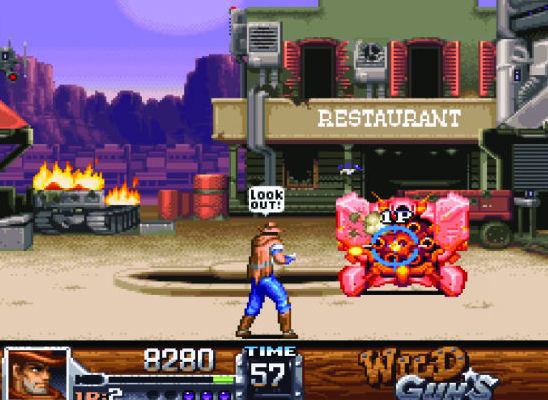‘Wild Guns,’ ‘Harvest Moon’ exemplify Natsume’s classics

October 22, 2013
For more than 20 years, Natsume has provided family fun games outside the cookie-cutter model.
Natsume celebrated its 26th anniversary Sunday, and the developers created two great classics. “Wild Guns” and “Harvest Moon” are two games for the Super Nintendo Entertainment System, or SNES. I’ve found them both to be timeless and enjoyable by gamers of any age.
“Wild Guns”
“Wild Guns” is a classic fixed-view shooting game with an atmosphere similar to the “Metal Slug” series. Instead of a modern war game, it takes place in a science fiction wild West setting. Released in 1994, “Wild Guns” became a way for gamers to bring the arcade home.
The cowboy hats and mechanized warrior setting alone makes this game worth picking up. Players can choose between the buff cowboy, Clint, or trigger-happy southern lady Annie to take on the robotic warriors and evil bandits.
Although I found the fixed third-person view difficult to get used to, the game felt amazing. It took me back to playing in the arcade as a child with the fun shoot ’em ups. This game was a bullet frenzy that never stopped the excitement. Jumping and diving all over the screen drew me further into “Wild Guns.”
Classic Natsume sprites and 16-bit music in the game were a nostalgia trip on their own. There is nothing forgettable about playing this game.
“Harvest Moon”
“Harvest Moon” is a role-playing game based on running a farm in a small village. Taking care of animals and growing crops is the main objective when playing this easygoing series. It was released in 1996 and was one of the first games of its kind.
Many people can’t see the appeal of a role-playing game as a farmer, and I don’t blame them. I found “Harvest Moon” to be one of the most relaxing series. Once getting a hang of using the proper tools and knowing the calendar it felt like a great way to pass time.
The music in this title is some of my favorite of SNES games. I am often amazed by what game designers were capable of doing with the limited technology of the time.






